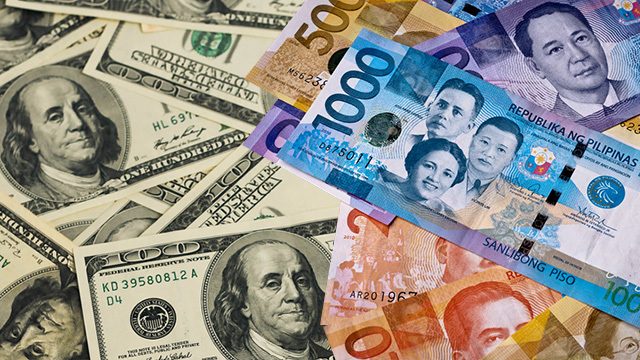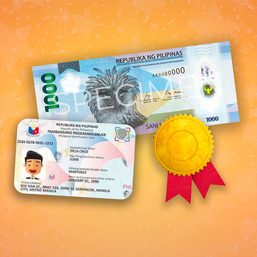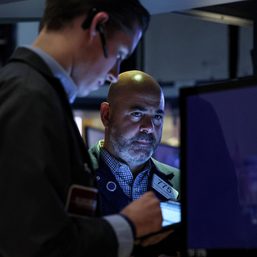SUMMARY
This is AI generated summarization, which may have errors. For context, always refer to the full article.

MANILA, Philippines – The Philippine peso closed at P55.06 against the dollar on Wednesday, June 29, its weakest since October 2005.
The peso, which started 2022 at P51 to $1, has recently been the worst performer among Southeast Asian currencies.
Rizal Commercial Banking Corporation chief economist Michael Ricafort said that the latest exchange rate movements were partly due to the “healthy downward correction” of local stocks, which rose for three straight trading days.
It was also a result of the appreciation of the dollar against global currencies after continued hawkish signals from some Federal Reserve officials, as well as an increase in global oil prices.
Here’s why this can be good: In theory, a weak currency should boost export competitiveness, noted ING Manila senior economist Nicholas Mapa.
But the catch is, a weak peso alone won’t cut it.
“Total competitiveness is more than just a mere weakening of the currency as we need to establish our products as superior to that of competitors on many fronts including product, customer experience, after sales service, and price point,” Maps said.
Remittance-reliant households may also benefit from the peso’s depreciation. But Mapa said that gains may be “watered down as cost of living rises significantly due to red hot inflation.”
Here’s why a weak peso is bad: As of May, inflation has jumped to 5.4%, as global oil prices pushed other prices up.
The Philippines, as a net importer of oil, will have to shell out more to keep the economy’s engines running.
Mapa also noted that foreign debt levels may also inflate and make servicing more costly.
The Philippines’ outstanding debt stood at P12.76 trillion. Of the total debt stock, 30% was sourced externally while 70% were domestic borrowings.
Why the central bank is dovish: The Bangko Sentral ng Pilipinas (BSP) hiked key interest rates for two consecutive months, just by 25 basis points each, despite soaring inflation and a weakened peso.
Despite calls for a bigger hike, the BSP signaled that the economy can stomach high inflation to support growth.
“The Monetary Board believes that a follow-through increase in the policy rate enables the BSP to withdraw its stimulus measures while safeguarding macroeconomic stability amid rising global commodity prices and strong external headwinds to domestic economic growth,” the BSP said. – Rappler.com
Add a comment
How does this make you feel?
![[ANALYSIS] Lalo pang hihina ang piso kontra dolyar. Bakit?](https://www.rappler.com/tachyon/2022/06/hihina-piso-dolyar-bakit-June-24-2022-02.jpeg?fit=449%2C449)





There are no comments yet. Add your comment to start the conversation.